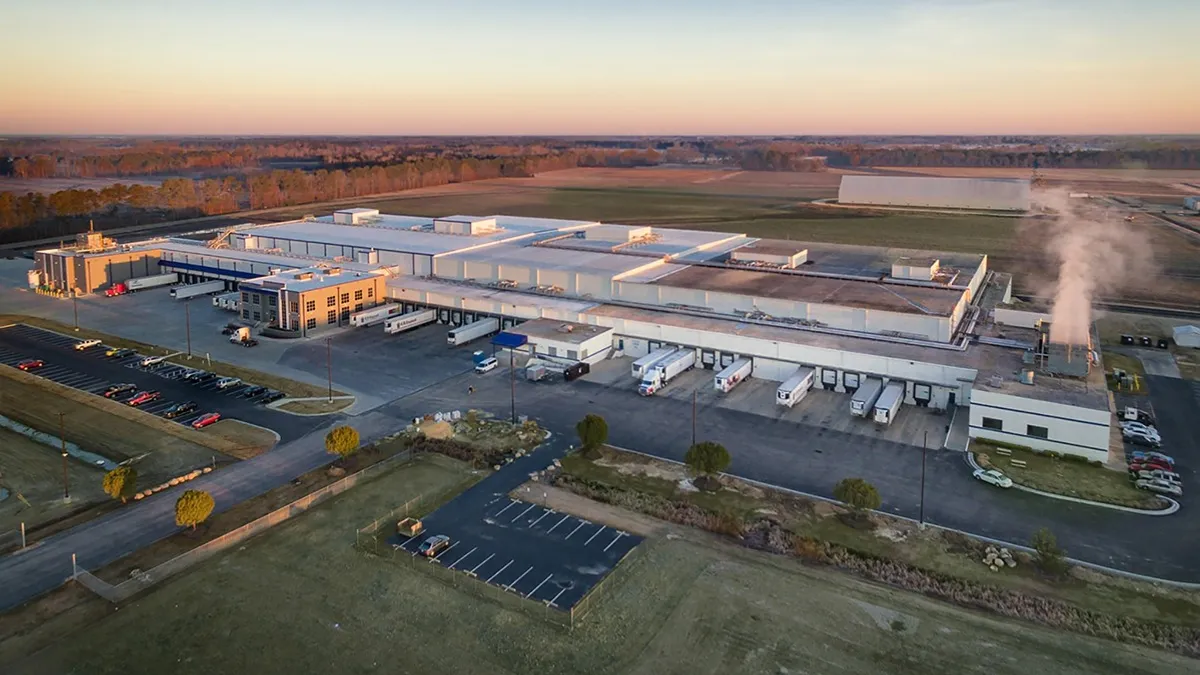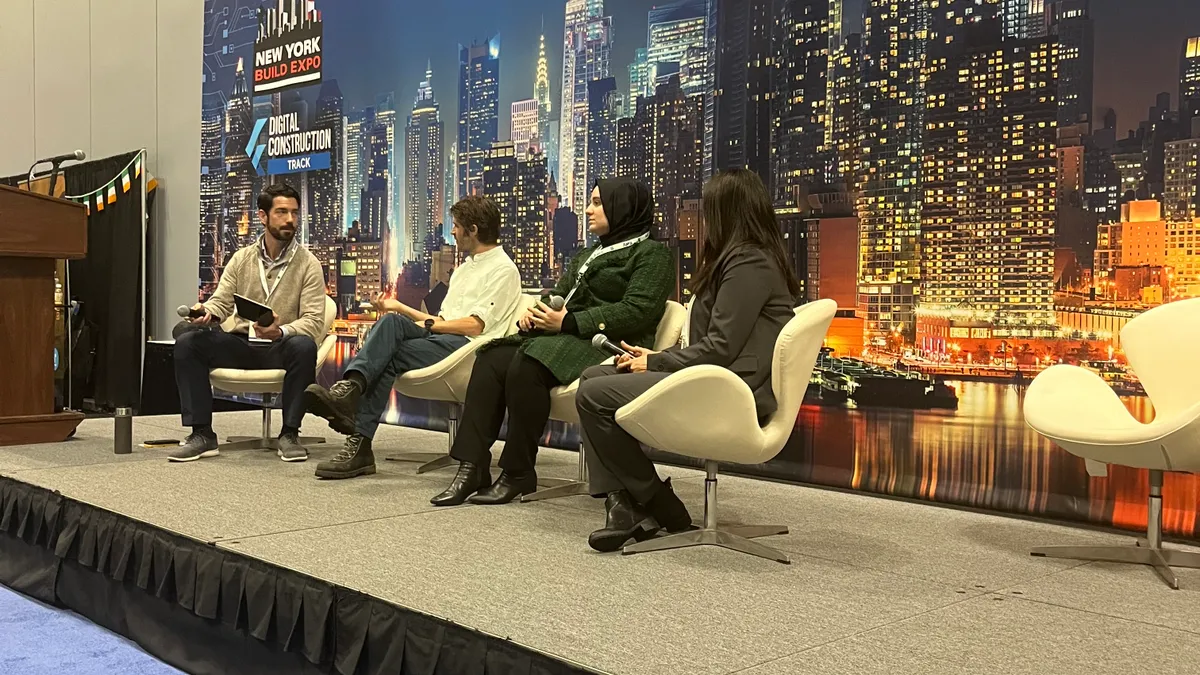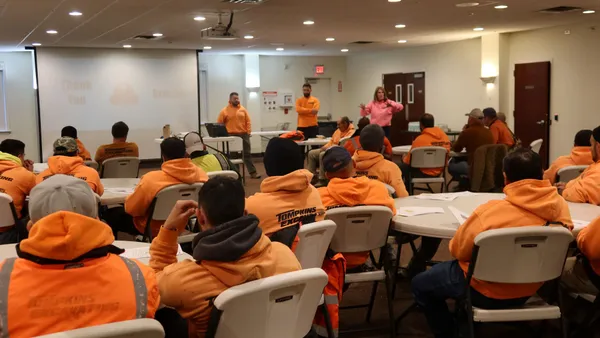It likely won’t be long before KC Williams is an expert on the topic of warehouse construction. The former U.S. naval aviator, senior living community builder and apartment construction executive joined Woodstock, Georgia-based Primus Builders Inc. as chief operating officer about three months ago and, despite what he says has been a slight learning curve, has settled right into his new position.
One of the most attractive prospects of joining Primus, he said, was the company’s strategic direction — namely the combination of design, construction and automation under one roof.
Primus has designed and built warehouses for the distribution, cold storage, food and beverage processing and medical device sterilization industries for the last 20 years. However, the company realized that there was room for improvement in how the automation piece fit into the design-build process, impacting both efficiency and the customer’s bottom line.
When a customer and automating specialist, before consulting a design-builder, decide on equipment, technology and generally how a warehouse’s systems will handle products through the supply chain, that approach often results in coordination issues and design conflicts, Williams said, as well as constructability challenges in the field as the project moves forward.
Customers were looking for something better. “They were screaming for three things,” he said.
One was speed to market, Williams said. Getting a warehouse designed, built, operational and generating revenue as soon as possible has always been an owner priority, but there are additional pressures to achieve faster turnarounds in today’s warehouse industry.
There has been a market shift, he said, to fewer but larger warehouse projects, driven by e-commerce. “[Consumers] want it, and they want it now, and so these facilities are having to bring in more product and get it out quicker.”
This has also affected customers’ construction expectations. It’s not uncommon for warehouse clients to demand a project that once had an 18-month turnaround time be finished in a year. “This is a space where the one that gets the building up — with automation — the fastest ends up probably gaining more of a market share.”
The second priority for clients was the right price, and the third was schedule reliability, two demands familiar to contractors engaged in all types of construction.
So, about two years ago, the company decided to bring the services of automation expert Randy Jennings in-house and combine his expertise with its existing design-build offering. Services offered by the new automation team, according to the company, include:
- Data analysis of the owner’s current productivity and future productivity goals.
- Advice on which automated processes and equipment to use.
- Assistance with installation, startup and commissioning of automation equipment.
And what has been the customer reaction to Primus’ design-build-automate service?
“We continue to do business with the top 10 cold storage groups in the world,” Williams said, “and they're seeing immediately the value associated with this integrated process.” Currently, about 25% of Primus’ business is design-build-automate.
Challenges persist
That doesn’t mean, however, that there haven’t been some challenges in convincing customers to ditch some of the ways they’ve always approached automation design. Williams said the biggest hurdle has probably been client uncertainty about “putting all their eggs” — automation planning, design and construction — in one basket when it comes to projects that easily total $100 million.
Bringing all three services in house, though, allows Primus to resolve challenges and identify solutions early on, creating value, dollar and otherwise, for their clients, Williams said. “They are definitely seeing that value.”














